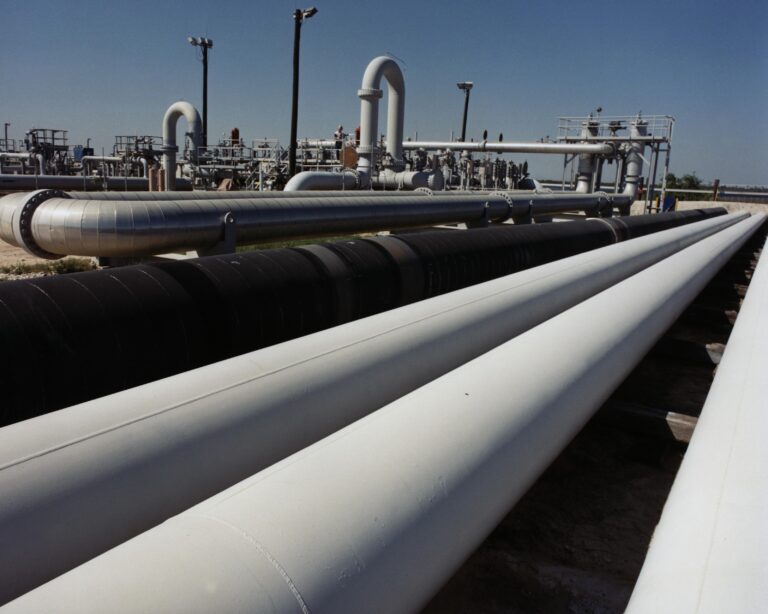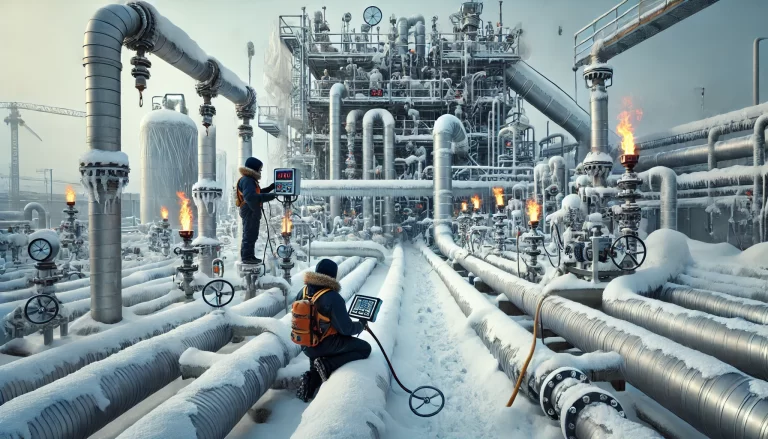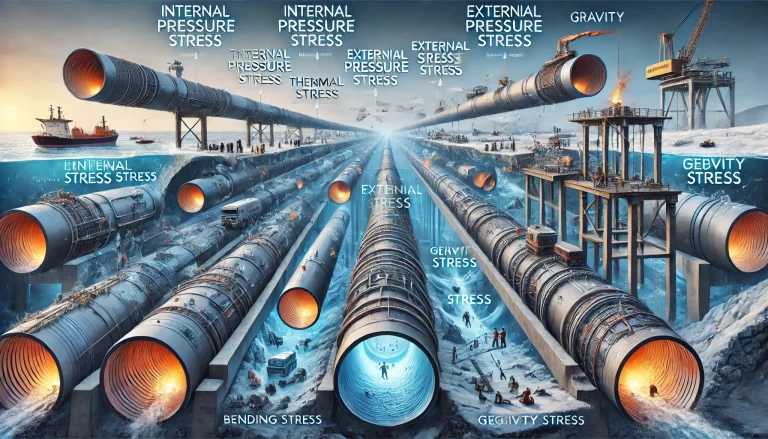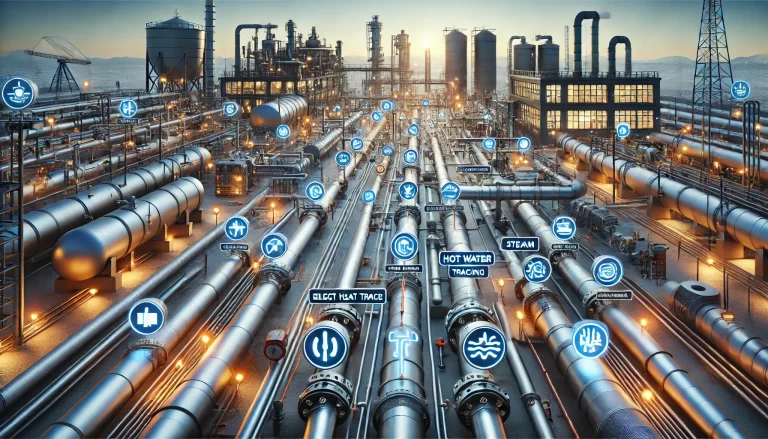Pipeline design is a critical engineering task that ensures the efficient, safe, reliable, and economical transportation of fluids. It integrates principles from mechanical, hydraulic, and structural engineering, making it a multidisciplinary challenge. Industries such as chemical processing, oil and gas, power generation, and water treatment rely heavily on well-designed pipeline systems to maximize production efficiency, economic viability, and operational safety. This article delves into key aspects of pipeline design, covering topics from layout planning to regulatory compliance, and offers insights on achieving high-performing and stable pipeline systems.
1. Pipeline Layout and Routing
The pipeline layout is the foundational step in the design process, directly influencing system efficiency and maintenance accessibility. Designers must consider the overall facility layout and the physical placement of critical equipment, such as pumps, compressors, and heat exchangers. A well-planned layout minimizes unnecessary bends and fittings, which helps reduce pressure drop and energy consumption. Additionally, accessibility for maintenance must be prioritized to ensure that operators can easily reach components requiring regular inspection or repairs. For example, strategically placing isolation valves along the pipeline can simplify shutdowns and system drainage during maintenance.

2. 3D Modeling and Design Software
Modern pipeline design heavily relies on advanced 3D modeling tools. Software such as AutoCAD Plant 3D, Bentley AutoPIPE, and AVEVA PDMS enables precise planning of complex pipeline networks. These tools facilitate:
Visualization: Designers can create detailed representations of the system to identify potential issues early.
Simulation: Modeling fluid flow and pressure drop helps optimize pipeline performance.
Integration: Ensures compatibility with other systems, including electrical and structural components.
The use of 3D modeling accelerates design reviews, reduces errors, and improves collaboration among stakeholders. For instance, virtual walkthroughs can help engineers identify potential clashes with structural elements before construction begins.
3. Pipeline Sizing and Pressure Drop Calculations
Selecting the appropriate pipe size is essential for ensuring smooth fluid flow. An undersized pipeline increases flow resistance and pressure losses, whereas an oversized pipeline unnecessarily raises material and installation costs. Key factors influencing sizing include flow rate, pressure, temperature, and fluid properties. Pressure drop calculations play a vital role in this process, allowing designers to evaluate frictional losses and optimize the pipeline’s hydraulic performance. For example, using software like Pipe Flow Expert can streamline these calculations and help determine the most efficient pipeline dimensions.
4. Support Systems: Pipe Hangers and Anchors
Proper support design ensures pipeline stability during operation and extends the system’s lifespan. Pipe hangers, saddles, and anchors are selected based on the pipe’s dimensions, weight, and operating conditions. These components prevent sagging, vibration, and excessive stress caused by gravity or thermal expansion. For high-temperature pipelines, flexible supports are crucial to accommodate thermal movements without overloading the pipeline or its connections.

5. Flexibility Analysis and Thermal Expansion Control
Thermal expansion is a significant concern in pipeline design, particularly in high-temperature environments. Unchecked thermal stress can compromise system integrity, leading to potential failures. Flexibility analysis evaluates how pipelines respond to thermal expansion, vibrations, and external forces. Designers often incorporate expansion joints, bellows, or flexible couplings to mitigate thermal stress. For example, in steam pipelines, expansion loops are commonly used to absorb thermal movement without introducing excessive stress into the system.
6. Isometric Drawings
Pipeline isometric drawings are essential tools for conveying design details. These drawings provide a comprehensive view of pipeline geometry, including:
Pipe dimensions and lengths.
Equipment and valve locations.
Slope and elevation changes.
Isometric drawings serve as critical references for installation teams and procurement processes, ensuring accurate material selection and efficient construction workflows.
7. Stress Analysis and Safety Design
Pipelines are subjected to internal pressure, temperature fluctuations, weight, and external forces. Stress concentration points, such as bends, welds, and tees, require careful analysis to avoid failures. Stress analysis tools, such as Caesar II, help engineers identify and mitigate high-stress zones, ensuring the system’s long-term safety and reliability. For example, reinforcement pads around critical junctions can reduce stress levels and extend pipeline life.
8. Regulatory Compliance and Standards
Pipeline design must adhere to industry standards and local regulations to ensure safety and reliability. Key standards include:
GB/T 20801 Series: Industrial pipelines.
GB/T 38942-2020: Municipal pipelines.
GB 50013: Water supply and drainage pipelines.
Compliance with these standards ensures standardized design practices and project approval. Designers must also consider regional regulations to meet specific project requirements.

9. Insulation and Heat Preservation
Thermal insulation enhances energy efficiency by minimizing heat loss or gain. High-temperature pipelines, such as those in steam systems, often use insulation materials like mineral wool or calcium silicate. For cold pipelines, insulation prevents external heat from affecting the system. Insulation design must also address moisture resistance to prevent corrosion under insulation (CUI), especially in humid environments. Selecting materials with anti-corrosive properties can significantly extend pipeline service life.
10. System Integration and Safety Features
Pipeline design must seamlessly integrate with mechanical systems and equipment to ensure smooth operation. Connections to pumps, compressors, and reactors must account for flow dynamics and equipment compatibility. Safety features, such as pressure relief valves and emergency shut-off systems, are indispensable for mitigating risks during operational failures. These systems protect not only the equipment but also personnel and the surrounding environment.
11. Environmental Protection and Compliance
Environmental considerations play a pivotal role in pipeline design, especially for hazardous fluid transport. Measures such as secondary containment systems and leak detection technologies help minimize environmental risks. Advanced designs often incorporate smart monitoring systems to provide real-time data on pipeline performance, further enhancing safety and compliance with environmental regulations.

Conclusion
Pipeline design is a sophisticated engineering task requiring a deep understanding of technical principles and operational demands. From initial layout planning to long-term maintenance considerations, every design decision impacts system efficiency, safety, and cost-effectiveness. By leveraging advanced tools, adhering to industry standards, and integrating innovative solutions, engineers can create pipeline systems that meet the highest performance and safety benchmarks. Whether during the initial design phase or throughout its operational lifecycle, optimizing pipeline design is key to supporting industrial productivity and ensuring environmental sustainability.
